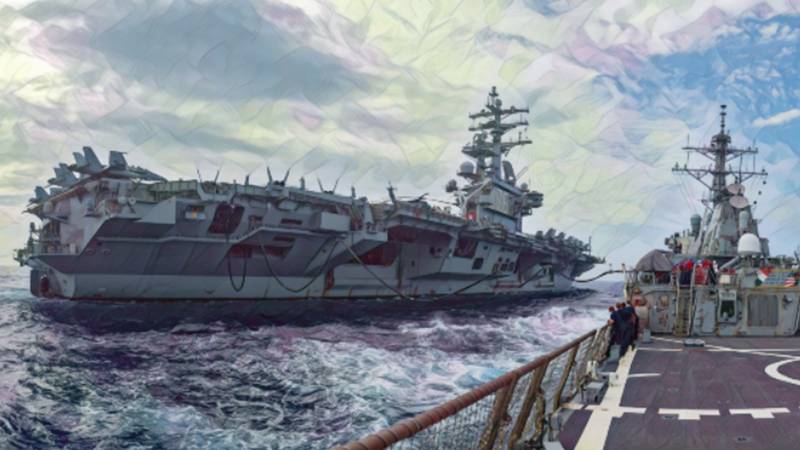
The power that passed from Britain to the USA after the Second World War is now at risk with the rise of China. While the US indeed considers Russia a threat, it places China at the top of its threat list. To maintain its superpower status, the US must address the threat posed by China.
While Russia is considered an enemy, China is viewed as a more significant threat.
In 1971, the United Nations replaced the Republic of China (Taiwan) with the People's Republic of China due to a changing global situation, and recognition of the new power balance in China itself. Thereafter, the US adopted a One-China policy.
Infrequent high-level US diplomatic visits to Taiwan have exacerbated the existing crisis between the US and China.
Why is Taiwan so important? And why does China encircle Taiwan from the sea and control the entrance and exit?
TSMC, headquartered in Taiwan, is the world's leading chip manufacturer. Any issues in TSMC's chip production could have significant global consequences.
Its chips are crucial components for various industries, including the world's leading car and mobile manufacturers. TSMC meets 56% of the world's chip supply, while the USA, China, and Japan account for the remaining 44% of chip production.
The world has been impacted by countries facing internal political tussles, economic crises, and wars. This has presented opportunities for some countries while causing problems for others.
Specifically, if the United States is unable to prevent China's ascent in Asia, it could result in a decline of US influence globally and a significant reduction of US power in Asia within the next decade. The United States is imposing numerous embargoes in its conflict with China, while also preparing for a potential war in the Asia Pacific region alongside its allies.
In recent years, Japan and South Korea have both taken steps to increase their military spending. Japan has announced a record defence budget for the fiscal year 2023 and set a target to increase defence spending to 2% of GDP by 2027. Similarly, South Korea has prepared a 300 trillion won ($250 billion) defence plan for the period 2022-2026 and has accelerated its military modernisation.
These countries are increasing their military expenditures due to regional security concerns. China's military power and influence are on the rise, while North Korea's nuclear and missile program persists. Therefore, Japan and South Korea must invest more in strengthening their defence capabilities and alliances.
There is a similar military mobilisation in Europe against the growing perceived Russian threat.
The elections in Pakistan and India's tensions with China in the Kashmir region are heightening regional tensions.
Currently, the US is primarily focused on its domestic elections. However, once the elections are over, it will become apparent as to which direction the US-Asia Pacific situation will take.
There are two types of power and minds in the US: firstly, those who focus on a more limited view of American national interests, and secondly, those who we might describe as globalists with American passports.
The tussle between them will determine the outcome of the US election and shape policy thereafter.
The world is going through a critical process, which is at least as significant as those seen after 1815, 1914, and 1945 – if not more. Such processes reshaped the world, and because of the changing balances at the end of each process, some countries either became history or wrote history.

